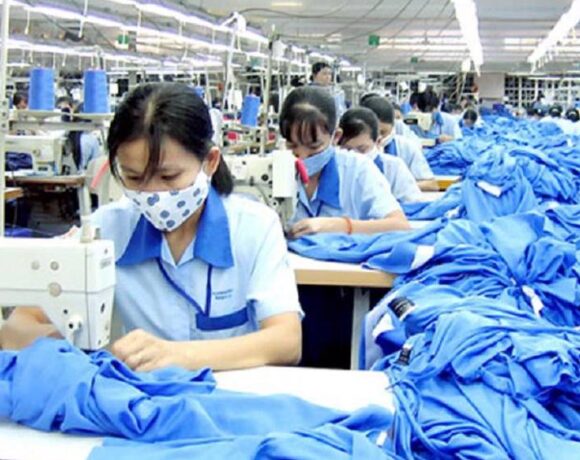Uttar Pradesh Aims To Double Silk Production To Boost Textile Exports

The Uttar Pradesh government is formulating a strategy to amplify silk production to over 700 tonnes, with the goal of invigorating textile manufacturing and boosting premium apparel exports from the state. The proposed plan includes the establishment of silk clusters and research institutions to encourage silk production, thereby enhancing rural incomes, particularly among young sericulturists.
A recent study conducted by a Karnataka-based institute has influenced the state’s decision to designate specific districts for the cultivation of mulberry, eri, and tussar silk varieties based on their projected potential. Uttar Pradesh currently cultivates all three major silk varieties: mulberry, eri, and tussar, with mulberry silk being the most widely produced across 44 districts.
Sunil Kumar Verma, the Director of the UP Silk Department, highlighted that while silk is produced in 57 districts, nearly 90 percent of the state’s silk output originates from just 30 districts. Despite the commendable quality of cocoons, Uttar Pradesh’s share in domestic silk production accounts for merely 10 percent of the national total of 35,000 tonnes.
To bolster silk production, the government extends a 75 percent subsidy to general category silk producers and a 90 percent subsidy to those from SC/ST categories. The administration’s focus is now directed towards the 30 key districts, while the remaining 27 districts are envisaged to operate under the public-private partnership model.
Although Uttar Pradesh serves as a significant silk production and trading hub, boasting an estimated annual trade worth around Rs 5,000 crore, the state’s current output barely satisfies 10 percent of its annual demand of 3,500 tonnes. The shortfall is made up by imports from other states such as Karnataka and Jharkhand.
In the global silk production landscape, India ranks second only to China. For the fiscal year 2020-21, mulberry silk accounted for 70 percent, eri silk for 20 percent, and tussar silk for 8 percent of the country’s silk output. India’s exports of raw silk, natural silk yarn, fabrics, readymade garments, silk waste, and handloom silk products amounted to a value of US$ 250 million in the fiscal year 2021-22.
Key markets for India’s raw silk exports include Vietnam, China, Nepal, the United Kingdom, and Bhutan. As Uttar Pradesh strives to enhance its silk production capacity, the broader Indian silk industry remains a significant contributor to the global textile market.














